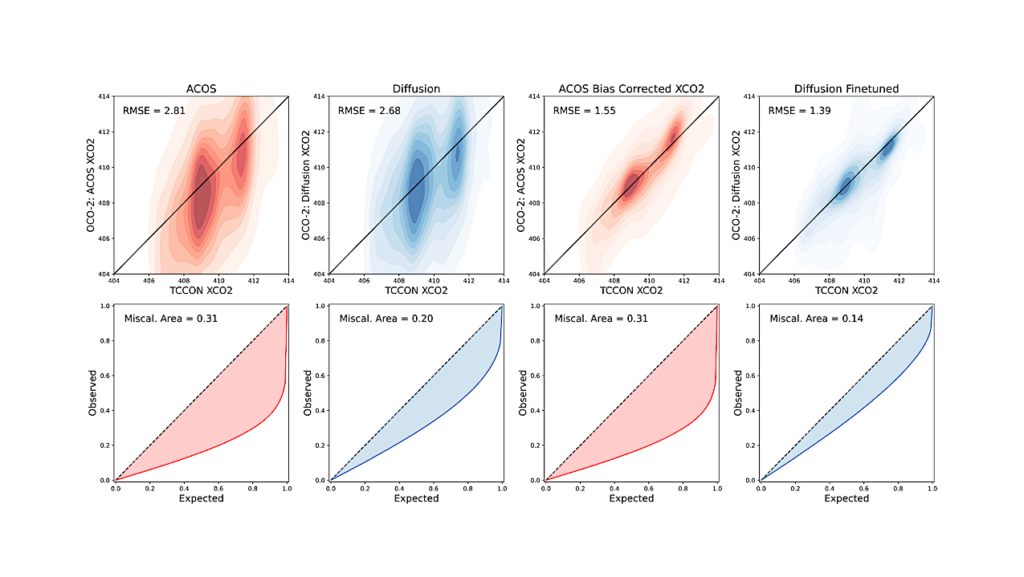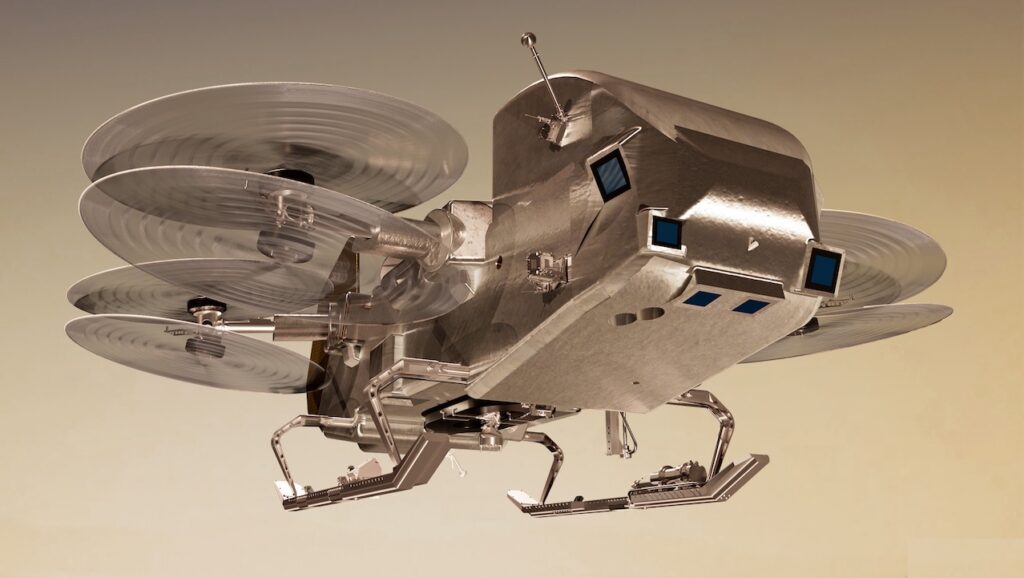Lethal Surface Ozone Concentrations Are Possible On Habitable Zone Exoplanets

Ozone (O3) is important for the survival of life on Earth because it shields the surface from ionising ultraviolet (UV) radiation. However, the existence of O3 in Earth’s atmosphere is not always beneficial.
Resulting from anthropogenic activity, O3 exists as a biologically harmful pollutant at the surface when it forms in the presence of sunlight and other pollutants. As a strong oxidiser, O3 can be lethal to several different organisms; thus, when assessing the potential habitability of an exoplanet, a key part is determining whether toxic gases could be present at its surface.
The three stellar input spectra used for the WACCM6 simulations are the PC MUSCLES spectrum for Proxima Centauri at b (magenta), the Peacock et al. (2019) (P19; orange) and Wilson et al. (2021b) (W21; blue) spectra for TRAPPIST-1 at e. The top of atmosphere irradiance per unit wavelength is shown against the wavelength in nm. In the simulations, TRAPPIST-1 e receives 900 W m− 2 of irradiation (0.66 𝑆⊕ , where 𝑆⊕ is the total insolation received by the Earth), and Proxima Centauri b receives 884 W m − 2 (0.65 𝑆⊕ ). The UV range is highlighted in grey between 100 – 400 nm, and the Lyman- 𝛼 line is labelled. The average difference between the TRAPPIST-1 spectra in the UV range is a factor of 500, with a difference of up to 5000 in some wavelength bins.

Using the Whole Atmosphere Community Climate Model version 6 (WACCM6; a three-dimensional chemistry-climate model), twelve atmospheric simulations of the terrestrial exoplanet TRAPPIST-1 e are performed with a variety of O2 concentrations and assuming two different stellar spectra proposed in the literature. Four atmospheric simulations of the exoplanet Proxima Centauri b are also included. Some scenarios for both exoplanets exhibit time-averaged surface O3 mixing ratios exceeding harmful levels of 40 ppbv, with 2200 ppbv the maximum concentration found in the cases simulated. — astro-ph.EP
These concentrations are toxic and can be fatal to most life on Earth. In other scenarios O3 remains under harmful limits over a significant fraction of the surface, despite there being present regions which may prove inhospitable. In the case that O3 is detected in a terrestrial exoplanet’s atmosphere, determining the surface concentration is an important step when evaluating a planet’s habitability.
G. J. Cooke, D. R. Marsh, C. Walsh, F. Sainsbury-Martinez
Comments: 24 pages, 8 figures. Accepted in The Planetary Science Journal
Subjects: Earth and Planetary Astrophysics (astro-ph.EP)
Cite as: arXiv:2405.20167 [astro-ph.EP] (or arXiv:2405.20167v1 [astro-ph.EP] for this version)
https://doi.org/10.48550/arXiv.2405.20167
Focus to learn more
Submission history
From: Gregory Cooke
[v1] Thu, 30 May 2024 15:41:39 UTC (4,835 KB)
https://arxiv.org/abs/2405.20167
Astrobiology








